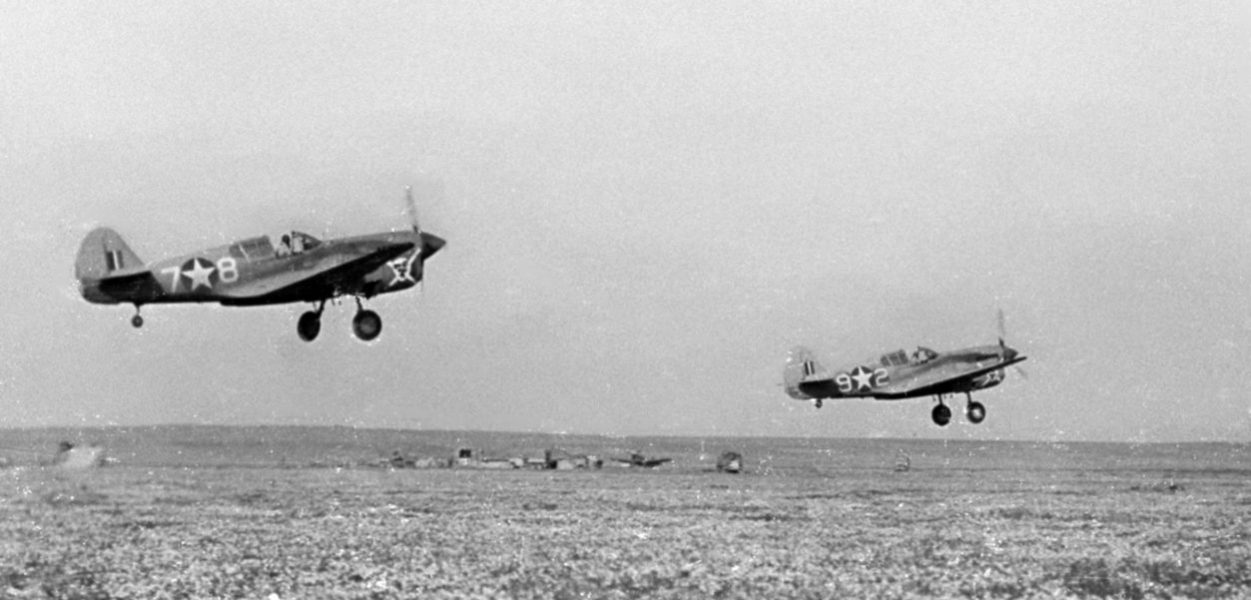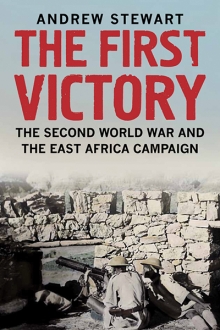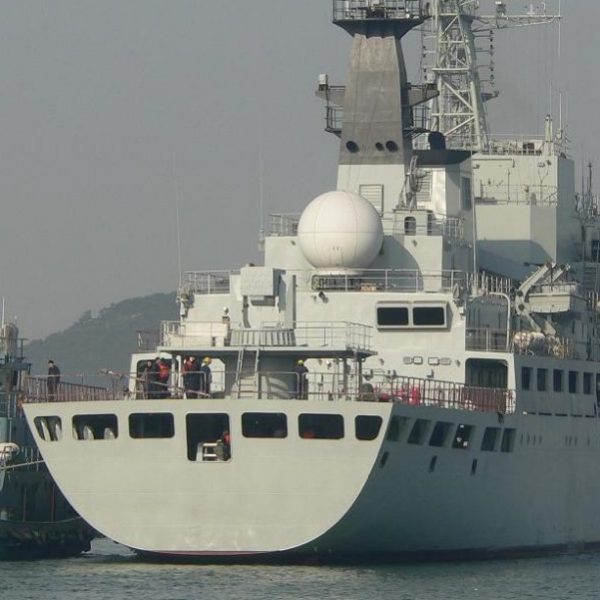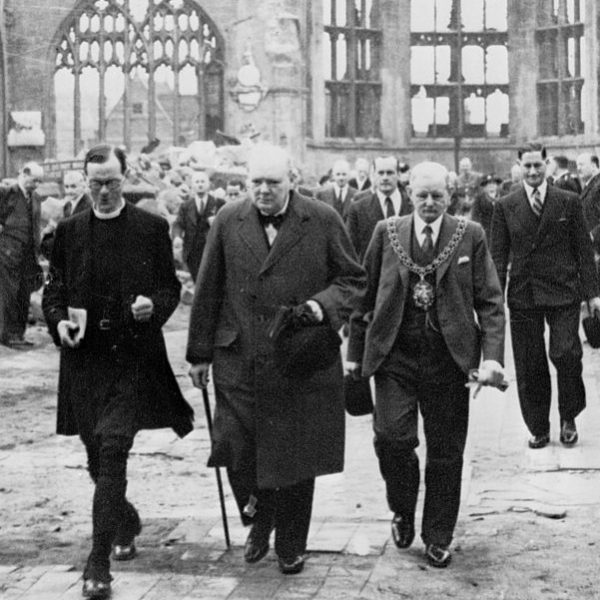Allies in Africa: Strategy and Victory in World War II
Andrew Stewart—
When the first shots were fired in the summer of 1940 along Sudanese and Kenyan borders, there was a great deal of interest across the British Empire in the war’s expansion into a hitherto largely ignored region. With France close to collapse, the “Italian Jackal” Benito Mussolini had launched a treacherous assault on those imperial territories in Africa that bordered his own. This was the same Duce who only a few years before had been “accommodated” despite his clear war of aggression. The many crimes carried out by his military forces in Ethiopia had been overlooked in the fanciful hope of maintaining a balance of power and European stability. As the “Finest Hour” developed and Britain and its imperial allies stood in firm defiance of their continental European adversary, politicians and the public welcomed opportunities to highlight any semblance of military success.
With the ejection from Europe and the beaches of northern and western France, there had been a radical enforced rebalancing of the coalition opposed to Adolf Hitler. As of June 23, 1940, what was left of those militaries that had been defeated had fled into exile in Britain, where they stood alongside the “might” of the British Empire—at this stage little more than a potential fighting power. The most attractive strategic option for this group of frustrating resisters (Hitler never understood the continuing belligerence of his sole remaining active opponent) seemed to be to concentrate what resources did remain against Italy. There was merit to targeting what seemed to be the weak link in the Axis alliance. Mussolini had made his imperial hub in Eritrea, Italian Somaliland (modern-day Somalia), and Ethiopia, but the geographical distance between Italy and Africa presented challenges. This East African Empire therefore became the focus of both thought and activity as both sides prepared to contest the position.
With the main effort determined, there was almost immediately a disaster. The loss of the protectorate of British Somaliland represented the first military reverse suffered by a British imperial garrison—the Channel Islands having been evacuated without the fighting of any battle—and fortunately took place against the backdrop of the summer of “The Few” and the battle for air supremacy fought over Britain’s skies. Nonetheless, the prime minister Winston Churchill came to view it as an inglorious episode, albeit not in the same category as the seven months of calamity that would follow from the defeat of Hong Kong to the surrender in June 1942 of the garrison at Tobruk. Churchill never forgave the head of Middle East command for the embarrassing defeat and for the temerity of the response he received upon inquiring what had happened. It was of little consequence that this involved the application of entirely pragmatic military logic: a second major defeat of 1940 was really nothing more than a strategic withdrawal and the redirection of available forces to a potentially more decisive point. That the individual having to explain himself was General Sir Archibald Wavell demonstrates that there are still fascinating aspects of the war’s often complex civil-military relations to be examined in greater detail.
Despite the near collapse in relations between the political and military levers of power, the commander in the field persevered with his preparations and organization of his forces, and Wavell’s leadership of the war’s under-recognized campaigns was a remarkable achievement. Whilst preparing for an attack against the Italians in North Africa (Operation “Compass”), he also provided support to two highly capable theater commanders who were given responsibility for the mutually supporting Operation “Canvas.” The role of his subordinates in the Sudan and Kenya was to safeguard Wavell’s southern flank and secure his maritime supply lines through the Red Sea. This helped bring troops and equipment to his principal base of operations in Egypt, from whence they would drive westwards and force the Italians back. In East Africa the initial objective therefore was not to defeat the Italians but rather to keep them occupied whilst driving through their defenses to secure the littoral. General Sir William Platt had control of a largely Anglo-Indian and Sudanese force comprised of men from the French and Belgian African territories, an irregular force for which Orde Wingate would later claim much of the credit. In the south, General Sir Alan Cunningham was tasked with driving north from Kenya towards the Ethiopian capital of Addis Ababa, a distant center of gravity; but one which was believed to be the linchpin of Italian regional power.
Within days of starting his advance in February 1941, Cunningham would fight one of the two decisive military actions of the entire campaign and break his opponent both physically and mentally with the capture of the critical port of Kismayu. From here, his coalition forces (drawn largely from units across the African continent) conducted one of the great military exploitations of the entire war. In April 1941, they advanced more than 1700 miles in fifty-three days from the Kenyan frontier to the heart of the Italian East African Empire, liberating 360,000 square miles of enemy-held territory and capturing more than 50,000 prisoners. With only 135 casualties, 310 wounded, and fifty-nine missing, it was a feat that rivaled anything that would follow at any stage of the war.
Although the scale of the Italian military defeat was overwhelming, the fighting would carry on for several more months. The Duke of Aosta, who had been the unfortunate Italian viceroy, withdrew into the mountains and refused to surrender. Some of his subordinates also showed their resolve to slow down the advance of the British and Commonwealth forces in hopes that help might yet come from their German ally. But no help arrived, and the final garrison, which had been isolated at Gondar, was the last to raise the white flag on November 27th, 1941. While authorities in London lauded the military and political triumph that had been secured at minimum cost, public recognition was almost entirely muted.
The outcome of events in East Africa were lost in the shadow of battles taking place further north, where the recently-constituted Eighth Army was seeking to regain the advantage with Operation “Crusader,” and even further beyond as Russian and German forces continued their increasingly visceral race to Moscow. With tensions growing to potentially unmanageable levels in the Far East, there was a mounting sense that this was poised to become a genuine world war. Irrespective of how it was remembered at the time, the defeat of Italian forces and their forced removal from Africa represented a huge success and a first victory for the British-led alliance.
Andrew Stewart is reader in conflict and diplomacy, Defence Studies Department, King’s College London, and co-director of the King’s Second World War Research Group. He has previously published four books on the Second World War. He lives in Oxford, UK.



























